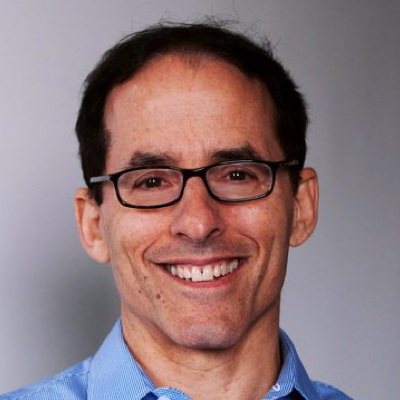March 02, 2020
MarketWatch
The biggest demographic divide in the current Democratic primary battle for president is not by gender or race, but by age. This is especially true if we accept the view of some analysts that the race is looking like a two-person contest between front-runner Bernie Sanders and Joe Biden.
In a recent national poll from Survey USA, Sanders showed a commanding lead among younger voters (age 18-34), with 47% to Biden’s 13%. But among senior citizens (65+), Biden led by a margin of 25% to 11%.
America’s older citizens — and we can add in most people who are old enough to imagine the possibility of their retirement — have one of the biggest stakes of any Americans in this primary. Social Security, for example, is America’s largest anti-poverty program, keeping more than 27 million people above the poverty line.
So it is worth looking at how these two candidates have stood and acted on these issues.
Biden has supported cutting Social Security benefits on numerous occasions in his political career, most recently in 2013. But his support for such cuts goes back much further, to efforts in the Senate in 1995 and even as far back as 1984.
Sanders has been on the opposite side of that fight for decades, and has struggled in Congress to expand Social Security benefits since he first arrived there in 1991. He was mostly alone until recently in advocating an expansion of benefits.
Now that position has much more support from Democrats, and Biden has also proposed increasing benefits, although not nearly as much as Sanders.
Sanders and Biden have also shown, to this day, a different understanding of the actual finances of Social Security and the challenges that it faces. This could be important in the political fights that we are likely to see over these issues.
For decades most Americans have been convinced that Social Security was headed for serious financial problems, and that they would not see their promised benefits. Sanders, unlike Biden, has rejected this framework since the 1990s — and according to the data that is used by virtually all economists, he has been correct. The system will need more revenue in about 15 years, but the gap to be closed going forward is much smaller than what was easily taken care of in the past.
There is another issue that gives older Americans a huge stake in this primary: Medicare for All.
It’s likely that millions of voters over 65 are not aware how much this program would change their lives, because they already have Medicare. But the Medicare for All that Sanders is proposing is vastly superior to the current coverage provided by Medicare.
For example, the Kaiser Family Foundation estimated that the average person receiving Medicare paid about $5,460 in out-of-pocket expenses in 2016; median income for Medicare recipients was $26,200. There are a lot of Medicare recipients — especially the poorer ones — who would gain considerably under Sanders’s plan, which would eliminate virtually all of these out-of-pocket expenses.
Traditional Medicare also does not cover routine dental care. As a result, almost two-thirds of people on Medicare do not have dental coverage; about half have not seen a dentist in the past year. This lack of access to dental care can cause other health problems, as well as unnecessary suffering. Medicare for All would provide dental care for everyone, including senior citizens.
Other needs that Medicare for All would pay for that are not covered by traditional Medicare include eyeglasses and hearing aids; and perhaps most importantly, long-term care.
Biden’s plan does not offer these improvements for senior citizens on Medicare. It is mainly an expansion of the Affordable Care Act (Obamacare), increasing subsidies for premiums and also providing a public option that people could buy into. He would also use this public option to expand Medicaid (the federal/state health care program for low-income Americans) to the 14 states that have refused to expand it under the ACA.
Americans who are not yet 65 and therefore not yet eligible for Medicare also have a stake in Medicare for All. If they end up having to purchase health insurance, the price goes up considerably with age, and there is no guarantee of affordability from an ACA-like plan.
The vast majority of older Americans would therefore appear to have a lot to gain from Medicare for All, but you wouldn’t know it from the polls. Perhaps the relevant information has not been as widely available as it should be.






